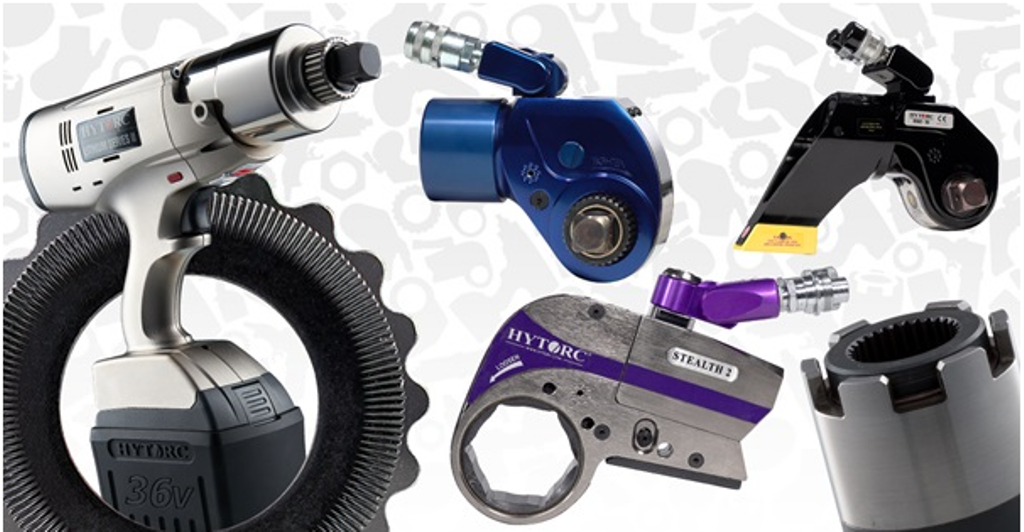The whole spectrum of fastening tools, torque wrench pumps, continuous-duty hydraulic pumps, nut splitters, flange pullers, bolt tensioners, and bolting systems maintenance, repair, and calibration services needed to support them. Bolting Systems, an Absgroup, constantly aims to provide goods of the highest caliber and robust construction.
The user’s needs have been the top priority in developing every industrial product, ensuring that it is fully optimized for the intended purpose and the application conditions it will encounter. Industrial bolting systems bolt products are designed to increase productivity, enable users to complete more tasks in the allotted time, lessen the impacts of weariness, and enhance safety.
Advantages
The most popular technique for joining industrial components is a bolted joint. Bolted joints have the following advantages: they are simple to assemble, have a sizeable load-carrying capability, are reasonably priced, and make part replacement and repair easier. Due to its widespread use, correctly implementing bolt joints is crucial.
Bolted joints are created by mating an internally threaded (tapped) hole or a washer and nut combination with a threaded fastener that grasps and secures two or more components. Technically speaking, an externally threaded fastener with a purpose that necessitates nut assembly is called a “bolt.” A “screw” threads must fit into a tapped hole perfectly.
Bold tightening methods
When making a bolted joint, a mechanical joint’s integrity is preserved by appropriately applying a known load through a procedure known as controlled bolting. Torque and tension are the two methods for tightening a bolt most frequently employed. Both methods function by extending the fastener elastically, which applies a clamping force to the parts that are being attached. The clamping force is essential to getting the best-bolted joint with the specified properties. Fastener manufacturers supply the necessary bolt torque and tension standards to attain the required clamping force.
Bolting Measurements System:
To ensure the correct and precise application of the torque or tensioning bolting technique, a measurement must be taken of the tensile force or torque delivered to the fastener or the nut or bolt head.
Sensing Systems creates and produces electronic torque wrenches with an accuracy of ≤ ± 0.25% of Full Scale and torque sensors integrated into torque guns to quantify the applied torque to a bolt. These sensors surpass the conventional electronic torque measuring accuracy of ± 1-2%.
Sensing Systems designs and executes machining changes to off-the-shelf bolts instrumented with strain gauges to convert them into load measurement sensors to monitor the tensile force on a fastener. Sensing Systems designs fabricates, and calibrates specially machined bolts equipped with strain gauges to build fastener load cells.
Due to space constraints, small instrumented bolts usually have two axial strain gauges wired into quarter bridges. To perform the measurement, larger industrial bolting can hold axial and transverse gages arranged as a complete Wheatstone bridge. The tensile force that develops on the instrumented fasteners during bolting can be tracked and recorded. The intrinsic errors from applied torque to clamping force computations or loss load equations are removed by measuring the tensile load.
